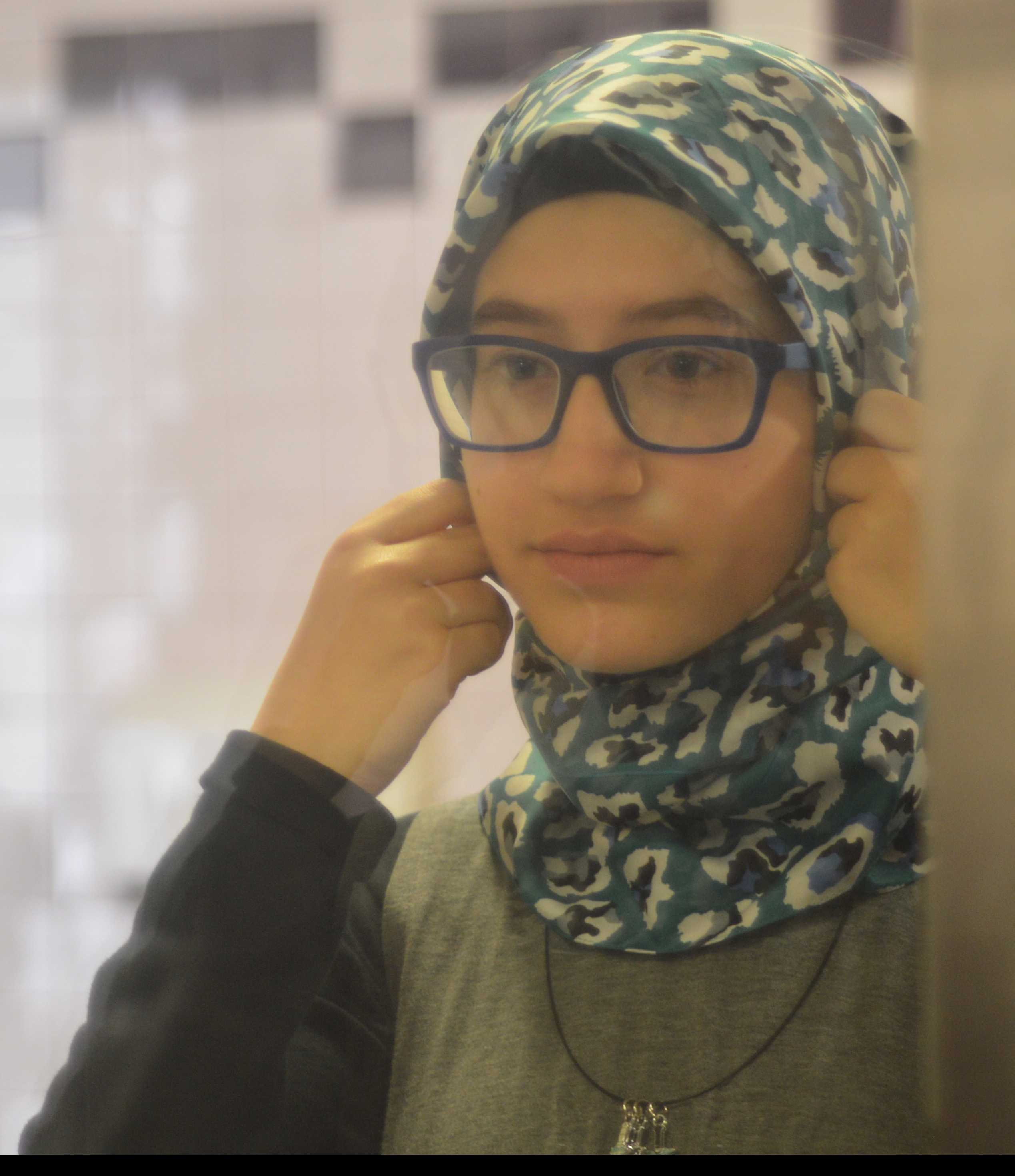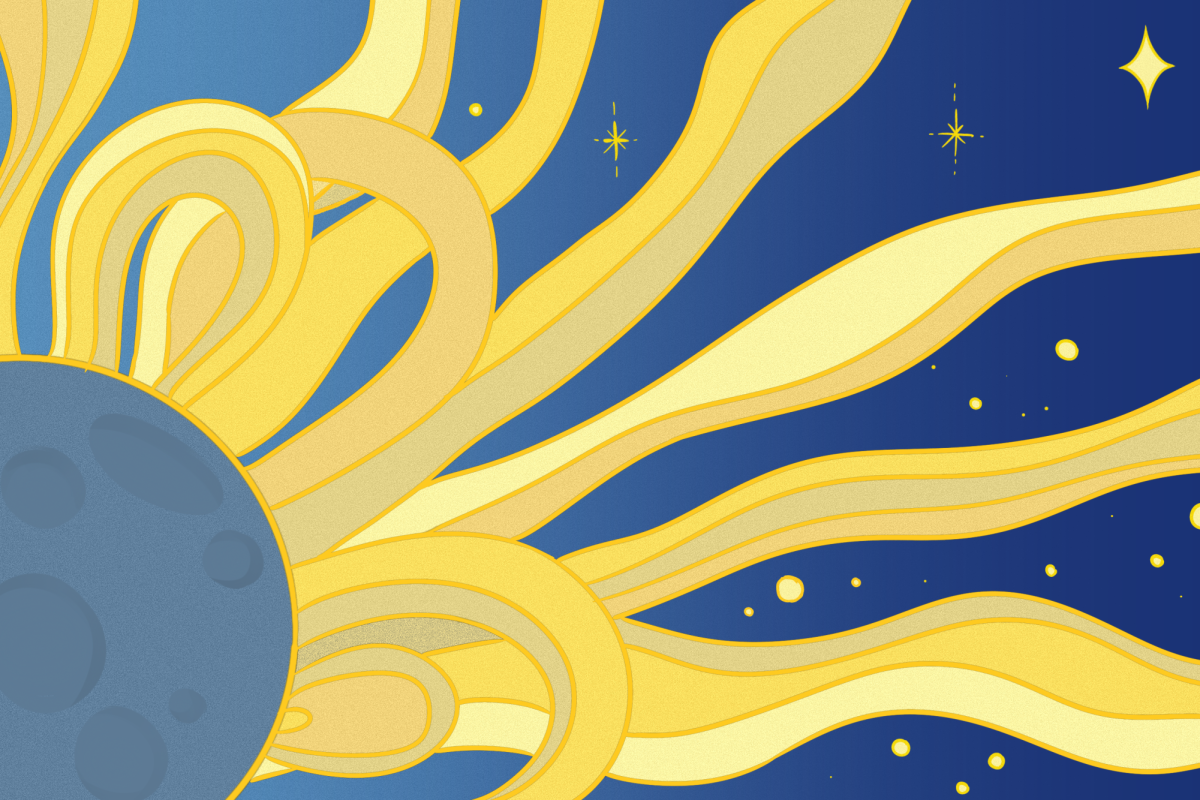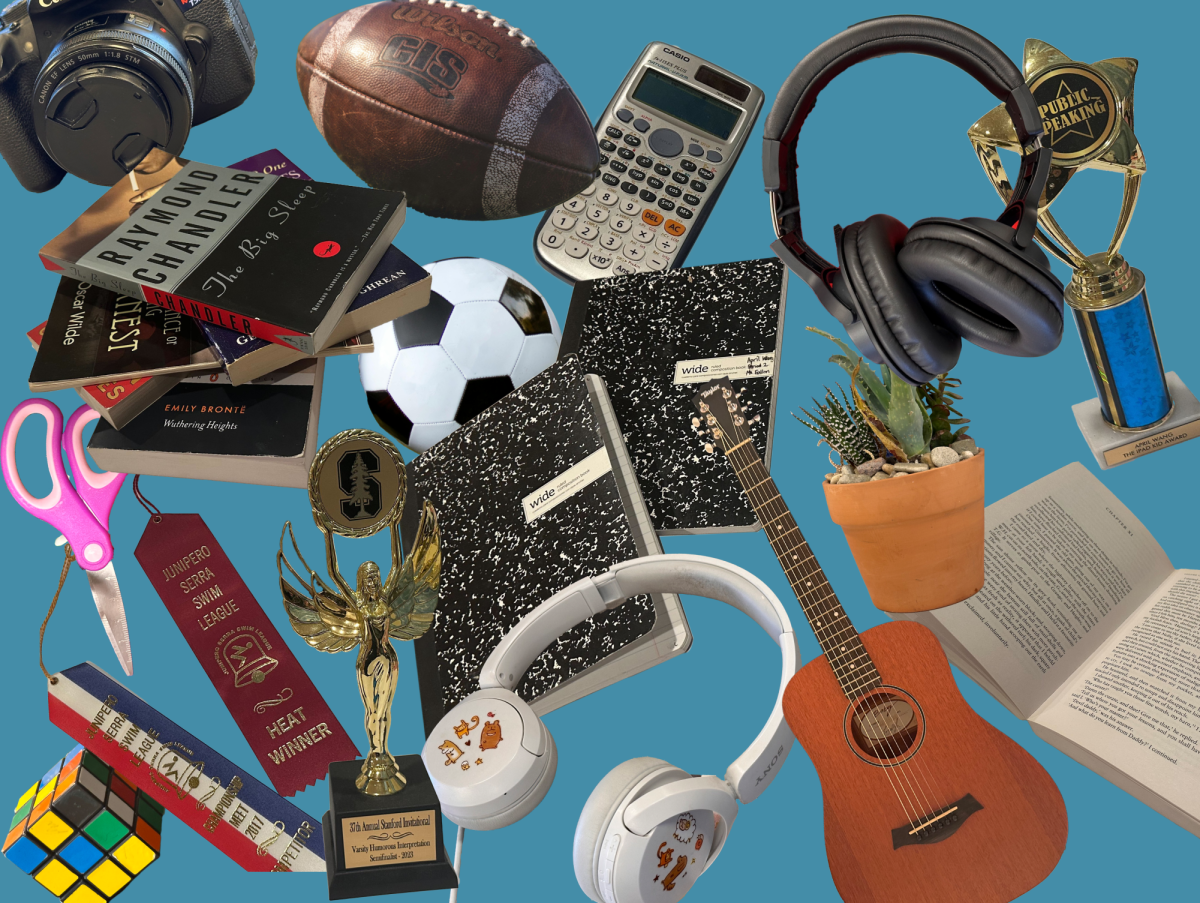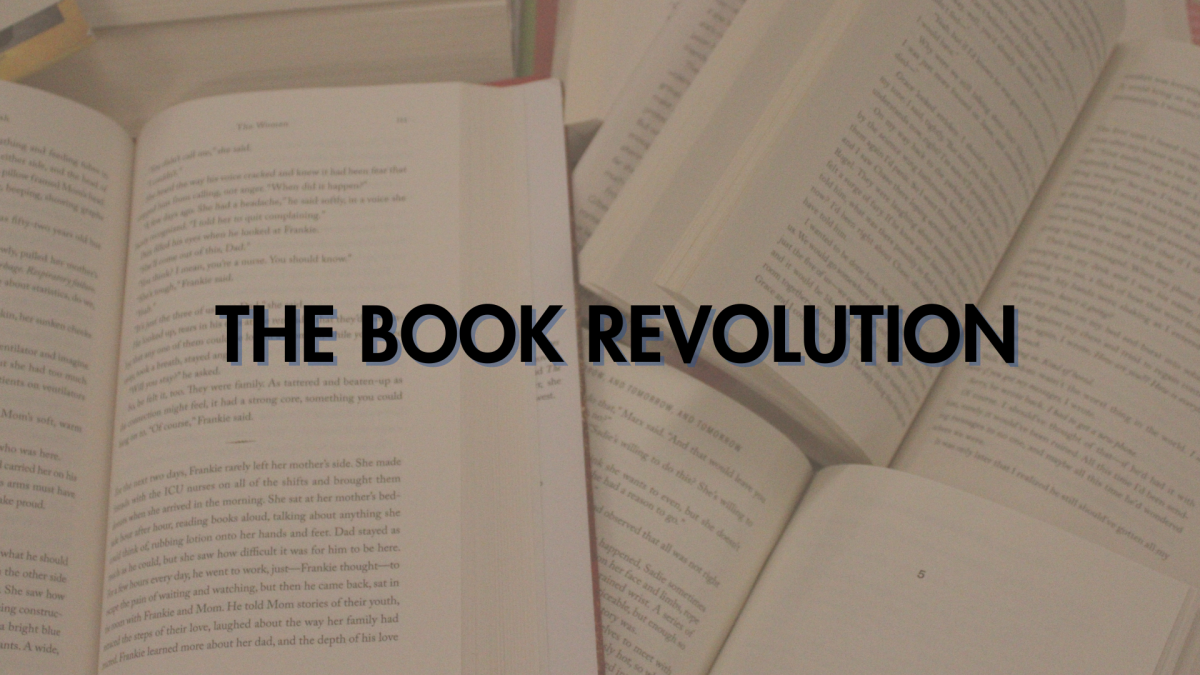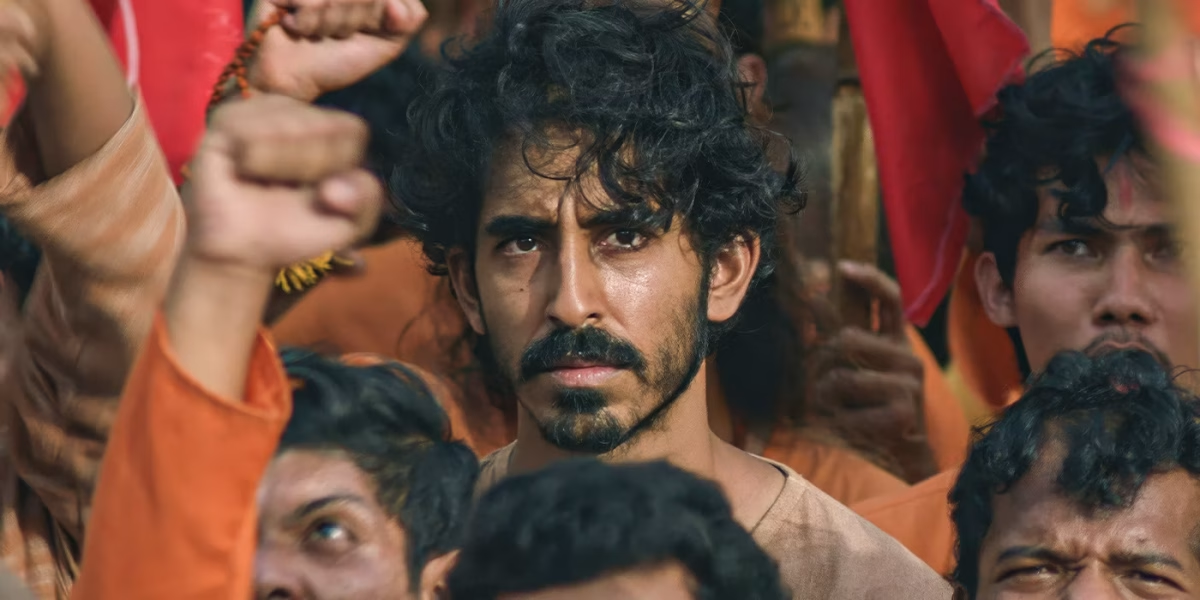Walking across campus, you might hear students assuming a fake asian accent, harmlessly satirizing their own culture. You probably never gave it a second thought, and laughed along. But in other places across the country, innocent actions like these might be labeled as cultural appropriation.
Cultural Appropriation (n.) – a negative or stereotypical portrayal of another culture
Negative portrayals of other cultures has always been present. From Disney movies to music videos, it seems that every culture has been stereotyped. But the increasing accessibility to social media creates even more controversy about cultural appropriation.
Seeking to stand out from the norm, celebrities often draw inspiration from other cultures. Yet the line between a negative portrayal and a positive representation can be extremely thin.
“[The media is] feeding everyone what they want people to think and then people automatically think negatively about that culture,” sophomore Sarah Harb said. “After they’ve thought that and after they have that in their minds, it’s hard to change especially after it’s been said so many times.”
Harb accuses movie producers and news reporters of being the biggest culprits in contributing to the many stereotypes associated with her Middle Eastern culture.
The Disney movie “Aladdin” is based on an Arabian folktale from the well-known “Arabian Nights.” The movie warps a traditional folktale into an exotic movie where princesses have tigers as their best friends. Aladdin parades across the screen bare-chested, with only a vest on. Jasmine wears a cropped top and sheer harem pants, all of which Harb entirely believes is a misrepresentation of the Arabian culture from head to toe.
Harb was initially annoyed while watching the movie. In addition to the factually inaccurate clothing, Harb found the depiction of Aladdin as a sneaky thief and the portrayal of the townspeople as clumsy and stupid insulting. While viewers may find the stupid townspeople entertaining and the deceiving Aladdin intriguing, to Harb, this creates a stereotype of Arabs being stupid and dishonest.
I feel like when Selena Gomez shows that “Oh, I can do it too because it looks good but I don’t really actually know the religious significance of it, it’s kind of hurtful that she would use our culture for her own benefit.” Junior pallavi saharia
According to junior Pallavi Saharia, a dancer on the Bhangra team, people in the media tend to unconsciously disrupt traditional rituals when they don’t understand the culture they’re portraying. In India, bindis were traditionally worn to ward off bad luck or to signify that a woman is married. And although its original cultural significance has faded over time, many South Asians still follow the tradition.
To Saharia, wearing it for another purpose not only shows ignorance, but is offensive to those who abide by those customs. She also points out how celebrities tend to take components from other cultures in an effort to stand out from their peers, not to promote the acceptance of different cultures.
Selena Gomez’s controversial “Come and Get It” music video in 2013 featured choreography that was supposedly inspired by Indian culture. and during the corresponding “Stars Dance” tour, she repeatedly donned a bindi. Saharia believes that celebrities like Gomez tend to use the customs of other cultures for all the wrong reasons.
“I feel like when Selena Gomez shows that ‘Oh, I can do it too because it looks good but I don’t really actually know the religious significance of it’, it’s kind of hurtful that she would use our culture for her own benefit,” Saharia said.
Sophomore Natasha Subbaraman thinks otherwise; that it’s rather news broadcasters and not celebrities that tend to use cultural appropriation for publicity. When Kylie Jenner posted a photo on Instagram this summer wearing cornrows with the hashtag #whitegirlsdoitbetter, the Internet exploded with articles, tweets, and comments. Although Subbaraman is partly African-American, she doesnít consider the picture offensive, instead finding that news broadcasters commonly warp othersí actions to their own benefit.
“I feel like the media will take things that people say or do and will translate it into the opposite because it just gives them more people to view their shows and gives them more popularity,” Subbaraman said.
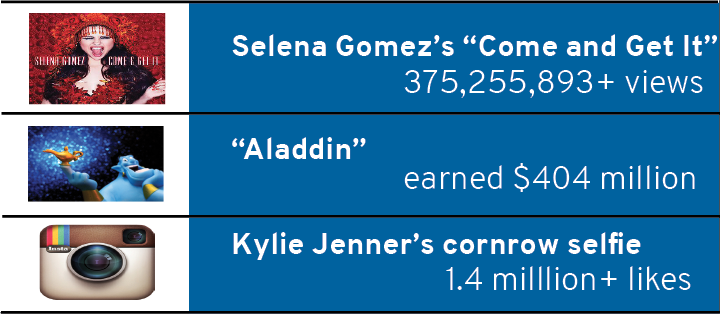
Subbaraman and Harb both find that major news broadcasters unconsciously add to stereotypes every day. Because people focus more on the bad events that are occurring around the world, the mediaís tendency to only report the negative events creates a biased perspective on a cultureís people. As Harb puts it, every culture has itís bad and good side and when the news only reports the bad side, it results in stereotypes.
“I think they’re trying to be part of the culture because they like it; that’s good. It’s good to be exposed and be more open,” Harb said.
Subbaraman says that news reporters alter the actions of celebrities so they look like cultural appropriation. Harb and Saharia believe that the actions of celebrities themselves exhibit cultural appropriation. Yet, all three think that some form of media, whether it’s for information or entertainment, is responsible for creating misrepresentations.
“I feel like it’s just their ignorance that’s speaking,” Saharia said.
Despite the negative cultural representations bouncing across cyberspace, it seems that students at MVHS have just the right amount of exposure to cultural diversity. Saharia feels fortunate that sheís been able to keep in touch with her culture without judgment from her peers, as she believes itís a very important part of oneís identity. Meanwhile, Harb is just glad to fit in and not have to worry about being affected by stereotypes.
“[In Cupertino] it’s evenly divided but outside, it’s all white,”Harb said. If I went there it’d be like “Oh, who are you? Why do you look like that? That’s weird.”
Fortunately, the minimal stereotyping in Cupertino doesn’t offend most individuals.
While actions like wearing bindis and faking asian accents may seem harmless, it creates a portrayal that can unconsciously offend others. And although the severity of cultural appropriation at MVHS is minor, as long as our social media accounts keep us attached to the outside world, cultural appropriation will always be relevant.
Originally published in the September 2015 print issue of El Estoque


















